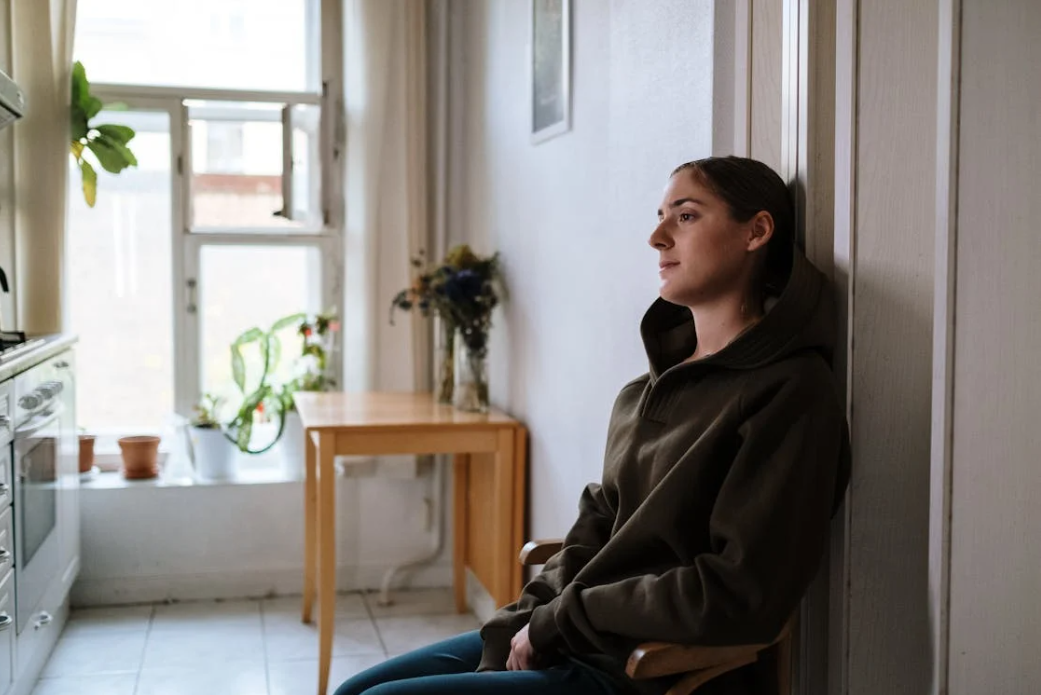The portal vein is one of the two blood vessels that supplies the liver with blood. Thrombosis in this vein rarely occurs in individuals with a healthy liver, but is relatively common among those with a chronic liver disease. Around 10% of patients who are eligible for a liver transplant will experience portal vein thrombosis. In contrast to most of the other forms of thrombosis, such as deep vein thrombosis or pulmonary embolism, portal vein thrombosis is often asymptomatic and is frequently detected by chance. Portal vein thrombosis makes a liver transplant more difficult and can even result in bowel ischaemia, a serious and potentially life-threatening intestinal condition.
Over-active blood clotting
Treatment for portal vein thrombosis is the same as for deep vein thrombosis or pulmonary embolism, and mostly comprises the prescription of blood thinners. This is a very effective treatment for deep vein thrombosis and pulmonary embolism. These conditions are often partly caused by an over-active blood clotting system. However, blood thinners are not effective for a quarter to a half of patients with portal vein thrombosis. Together with PhD students Ellen Driever and Fien von Meijenfeldt, and in collaboration with colleagues from London, Barcelona, and Philadelphia, Lisman studied the composition of portal vein thrombosis. In doing so, he discovered that blood clots similar to that in deep vein thrombosis are only apparent in 30% of patients with portal vein thrombosis.
Thickening of the vascular wall
In all patients, he found a thickening of the vascular wall. Portal vein thrombosis, therefore, often does not appear to be thrombosis at all, but a narrowing of the blood vessel due to this vascular wall thickening. ‘This suggests that portal vein thrombosis shows a very different clinical picture from deep vein thrombosis’, says Lisman, ‘and clarifies why blood thinners do not always work for patients with portal vein thrombosis.’ In addition, Lisman established that important differences exist between the characteristics of the portal vein and, for example, a leg vein.
Different clinical pictures
Considering the significant differences between these clinical pictures, Lisman and his fellow researchers are questioning whether ‘portal vein thrombosis’ is really the right term for this clinical picture. Lisman: ‘Portal vein thrombosis is a fundamentally different disease than deep vein thrombosis, and likely must be treated in a very different way. This is because treatment with blood thinners is unlikely to be helpful in reducing the thickening of the vascular wall. And as blood thinners can cause unpleasant side-effects, it is important for us to be able to establish in advance whether the patient really needs that sort of treatment.’
Follow-up study
In a follow-up study, Lisman will further investigate the risks factor of the thickening of the vascular wall, such as increased blood pressure in the portal vein, and will study potential treatments focused on preventing the occurrence of vascular wall thickening.
https://aasldpubs.onlinelibrary.wiley.com/doi/10.1002/hep.32169
https://www.journal-of-hepatology.eu/article/S0168-8278(21)01946-2/fulltext




